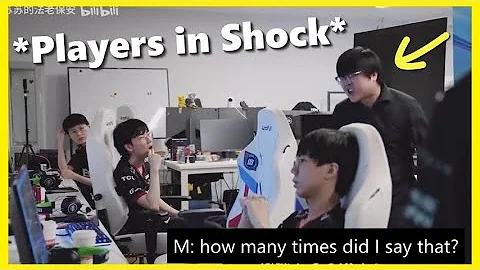It’s not someone else, it’s Richard Lum Chad, former producer of Naughty Dog Studio and chief designer of the Uncharted Sea series. He is naturally qualified to say this, because Richard not only led a team of 100 people to create a 3A masterpiece that soared PS4 sales, but also led students to make hundreds of independent game demos in college after he left Naughty Dog to devote himself to education.
This successful designer has rich experience in development work. In his new book "The Funny Game Making Journey"*, Richard spent a whole chapter talking about "opposing overtime":

When game developers need to work overtime to solve some problems, working overtime does not mean that you work hard enough, but that your game and team have misjudged the development from the beginning.
To do this, you need to fill this misjudgment with a lot of inefficient work that destroys the enthusiasm of the team. Once this vicious cycle intensifies, it will make your game difficult to meet expectations, and you may eventually die suddenly online or even face halving. So when you need to work overtime, or start asking the team to work overtime, you can try to look back and see what went wrong with the project. The book written by Richard provides a magnifying glass to locate the problem.
Of course, "opposing overtime" is not Richard's only claim in this book, but just a small part of it. Behind this old gamer is a more macro and interesting game development view: you must learn to control the game development process.
We always feel that losing control seems to be the daily life of game development, and overtime is one aspect. Because the "new experience" has been mentioned by players over and over again, this experience should be artistic and personalized, and it seems that we need to appropriately lose control in development and use some wonderful ideas to design. " Diablo ", which created history, is an idealist game that works overtime all night, overturns past content, thinks about new designs, and is finally born. But game development is closer to reality. This book lets you check your account and calendar. You only have limited time and resources. If you don't control your goals from the beginning and visualize the "core experience" delivered to players into a precise description, then your unyielding decision not only needs to pay for the limited resources, but also the entire team will pay for the loss of control. So how to get out of control is an urgent problem. To this end, Richard provides exquisite guidance from project establishment to game launch, and the books are filled with:
. You should creatively brainstorm , or you can use mind maps to organize your core experience more systematically.
Don’t design the beginning of your game from the beginning, start building the core part of the experience, make a slice that symbolizes the perfect performance of the game, and then use it to expand the entire game. Pay attention to your pre-production phase. The Last of Us team disappeared in the conference room for 8 months before starting full production, and then came out with a cork board full of index cards. 3354 cork board is a macro plan to guide its subsequent development and create excellent experiences for players.

In other words, in Richard's concept, game designers are actually designing two games at the same time: one is a sensory game that players are willing to experience repeatedly, and the other is a rational game called "Game Development", which is the key to determining whether they and their team can continue to move forward and grow. Of course, please relax. There is no need to regard the method introduced by Richard, who was an industrialized background, as a ruthless production machine with deep hatred. Just as the English name of this book is "A Playful Production Process": You should design your own game design journey with your team as if you created an interesting game and control your game development work reasonably.











